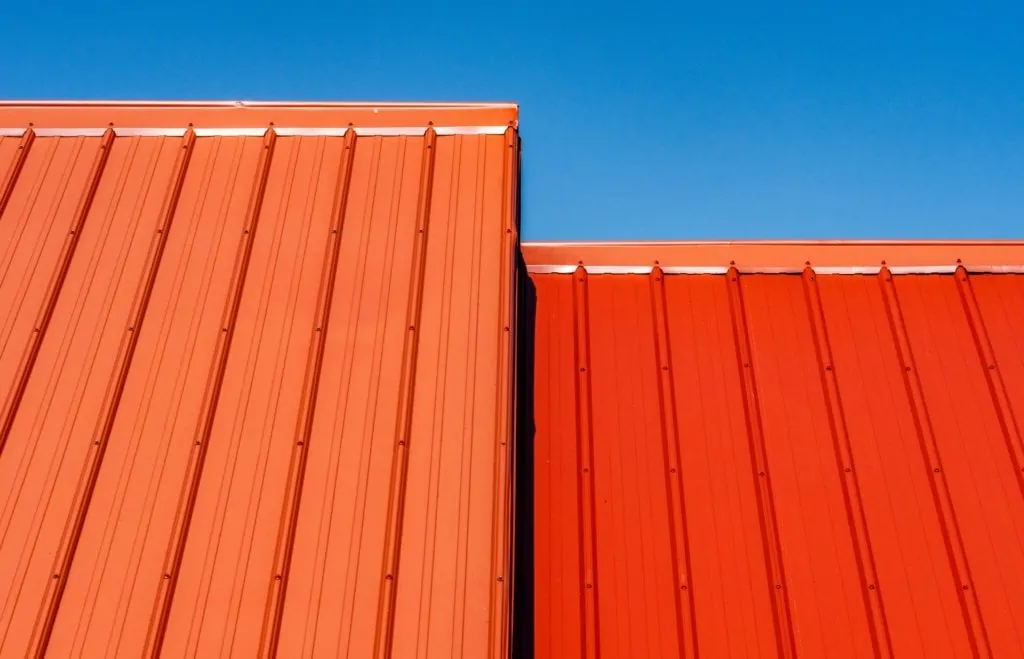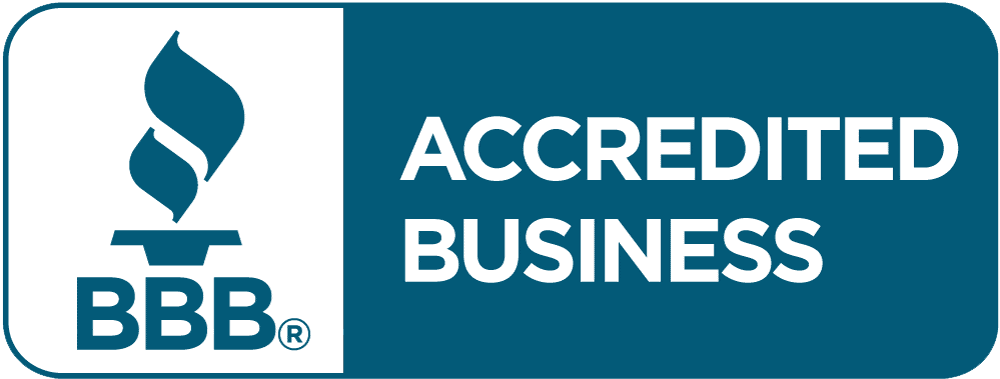How to Install Metal Roofing: Step-by-Step Guide

Houses with metal roofs are strong and durable. They might cost a little more than other roofing materials, but the benefits of metal roofing will show you why it’s worth investing in.
Metal roofs can last for up to 70 years, depending on the type of metal. This type of roofing can also withstand harsh weather conditions. They come in several finishes that are sure to complement your house’s aesthetic.
Looking up how to install a metal roof may get overwhelming with all the technical terms involved. That’s why we’ve come up with this simple guide to walk you through the whole process.
Types of Metal Roofs
Before we get into the metal roof installation, let’s first explore your options for a metal roof. Here are four of the most common types of metal roofs.
Aluminum
Aluminum is the most widely used metal roof. It’s lightweight and durable. It comes in a lot of colors and shapes. It’s also made from recycled products, so you don’t have to feel guilty about using it for your roof.
Copper
Copper adds a beautiful and unique finish to your home. It’s more durable, but this material is more on the expensive side. You might want to use it only on a part of your roof instead of the whole thing.
Steel
Steel is the most affordable type of metal roofing. And because steel is an alloy, it is more durable than materials that use pure metals.
Steel tends to rust, though. It has to be coated with a layer of zinc or aluminum to prevent corrosion.
Zinc
Zinc is the most eco-friendly choice for a roof. It uses the least energy in production and it’s also completely recyclable. Zinc is also rust-resistant and highly durable.
This is the most expensive type of metal roof to install. You would need a professional team to install this type of roofing in your home.
Step-by-Step Metal Roof Installation
Let’s run through the basic process of how to install a metal roof.
Measuring the Roof
The first thing you should do is measure your roof. This helps you know how much roofing material you’ll need to buy.
Draw a sketch of your roof and all its rectangular and triangular sections. Measure the length and width of each of these sections. Note the measurements accordingly in your sketch.
Multiply the length of each section by the width. Then, add the areas of each section to get the total area.
Next, find the slope factor of your roof by dividing its rise over the run. Rise refers to the distance from the lowest point of your roof to the highest. Run refers to the distance from the outermost part of your roof to the center—just below the highest point of your roof.
Multiply your slope factor by the total area of the roof sections. The number you get is the total area of your roof.
Add at least 10% worth of roofing material to account for wastes and trims.
Remove the Old Roofing
After getting your roof measurements and buying the materials, it’s time to remove your old roofing.
Take off all the shingles and other old roofing materials to make way for your new metal roof. Hammer down loose nails or remove them so that they won’t get in the way. Do not rush this process to make sure that you don’t damage your basic roofing structure.
Remove your old roofing on a dry and sunny day to make sure that the inside of your house doesn’t get rained on while you work on this project.
Repair Damages
Once your old roofing comes off, you’ll have the chance to see if there are any damages needing to be fixed.
It would be best to address even minor damage repairs before you start installing your new roof. This would prevent you from running into bigger problems in the future. It would also make sure your new metal roof will last as long as it should.
Install New Roofing
Once all the damages have been repaired, you’re ready to install your new roof.
Add an insulation layer to your roof’s basic structure. This would help in preventing unwanted moisture from getting into your home.
Find the metal strips among your roofing materials. These are called edgings. Install them horizontally on the edge of your roof. Then, place a sealant tape across the center of your edgings. These would help keep the metal panels in place.
Next, start installing your metal roof panels. Remember to always start square when you do this. Starting square means making sure that your metal roof panel is perpendicular to your eave or edgings. Your first metal panel will determine the placement of the succeeding panels, so make sure that you start square.
Once you’ve fastened all the roof panels with the screws, add the flashing. These are metal strips like the edgings and their purpose is to secure the edge of the metal panels between two different roof sections.
Make sure to cover your whole roof area with the new roofing. Fasten all the metal panels and eaves and survey the roof to make sure everything is secure and in place.
And you’re done!
It doesn’t sound that simple after all, does it? If you’re not confident that you can take on this reroofing project, try getting in touch with a metal roof installation company. These experts will know exactly how to install your metal roof and take care of the technicalities for you.
Preparing for Reroofing

Before deciding on installing a metal roof for your home, check the average cost of roof replacement first. If you’re going to spend money on a major home improvement like reroofing, make sure you go with the best choice that fits your needs.
Whether you’re having it done by professionals or doing it yourself, plan for the reroofing accordingly.
Once again, here is the step-by-step metal roof installation process:
- Measure the total area of your roof. This helps you know how much material you have to buy. Add a 10% allowance to account for the waste.
- Remove the old roofing slowly but surely. Do this on a sunny day to avoid getting rained on while you take off your roof.
- Check for any damages you might have in your roof and have them repaired.
- Install your new metal roofing. Start square. Fasten the screws and the panels securely. Add flashings to keep your metal roof sections in place.




